Are you interested in experiencing the vibrant culture of the Maasai Mara? Embarking on a cultural immersion journey can be a life-changing experience that will allow you to learn about the traditions and customs of the Maasai people. From their unique clothing and jewelry to their intricate dance performances, the Maasai Mara cultural immersion will give you a glimpse into the daily life of this fascinating community.
During your cultural immersion, you will have the opportunity to interact with the Maasai people and learn about their way of life. You can visit a traditional Maasai village and witness their unique architecture, which is made of mud, sticks, and cow dung. You will also get to see how the Maasai people live, work, and play, including their daily chores, such as milking cows and collecting firewood.
The Maasai Mara cultural immersion is not just about observing. You will have the opportunity to participate in various activities, such as learning how to make traditional Maasai jewelry, dancing with the locals, and tasting their delicious cuisine. This cultural exchange will broaden your horizons and give you a new perspective on life.
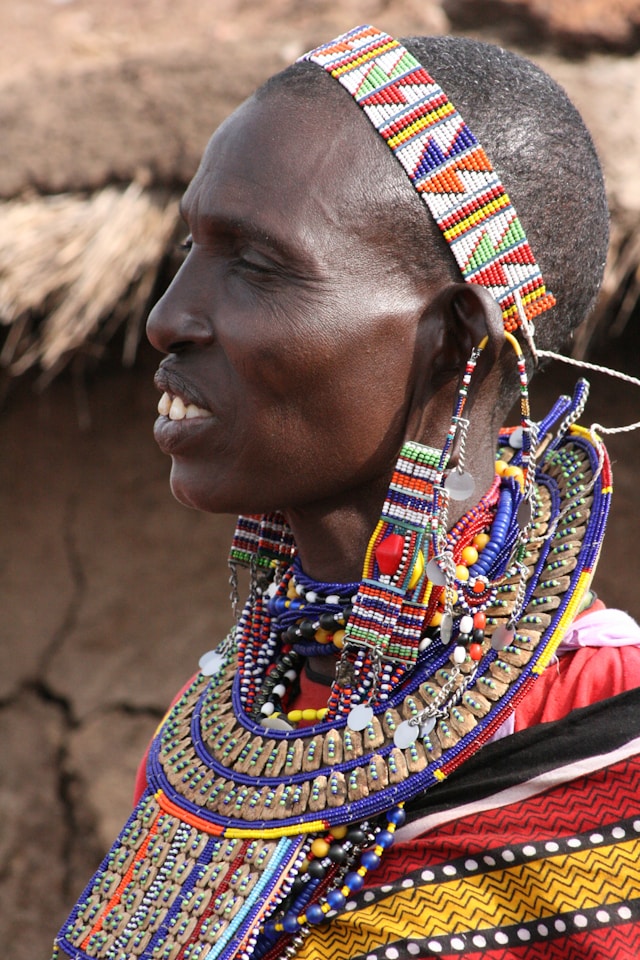
Understanding Maasai Culture
The Maasai people are a semi-nomadic tribe of East Africa, known for their vibrant culture and unique way of life. To truly immerse yourself in the Maasai Mara cultural experience, it is important to have a basic understanding of their customs, language, and social structure.
Language and Communication
The Maasai people speak Maa, a Nilotic language that is also spoken by several other tribes in East Africa. While many Maasai also speak Swahili or English, knowing a few basic words and phrases in Maa can go a long way in building rapport with the locals. For example, “sopa” means “hello,” “asho” means “thank you,” and “olamayio” means “goodbye.”
Traditional Dress and Jewelry
The Maasai are known for their distinctive dress, which includes bright red shukas (cloths) wrapped around the body and beaded jewelry. The colors and patterns of the jewelry have specific meanings, with different combinations representing different things like age, marital status, and social status. For example, red beads are often worn by young men, while blue beads are worn by young women.
Social Structure and Rites of Passage
The Maasai are organized into clans, with each clan having its own hierarchy and leadership structure. Social status is also determined by age and gender, with elders and warriors holding the most prestige. Rites of passage, such as circumcision for boys and marriage for girls, are important milestones in Maasai culture and are often celebrated with elaborate ceremonies.
By familiarizing yourself with these basic aspects of Maasai culture, you can better appreciate and engage with the locals during your visit to the Maasai Mara.
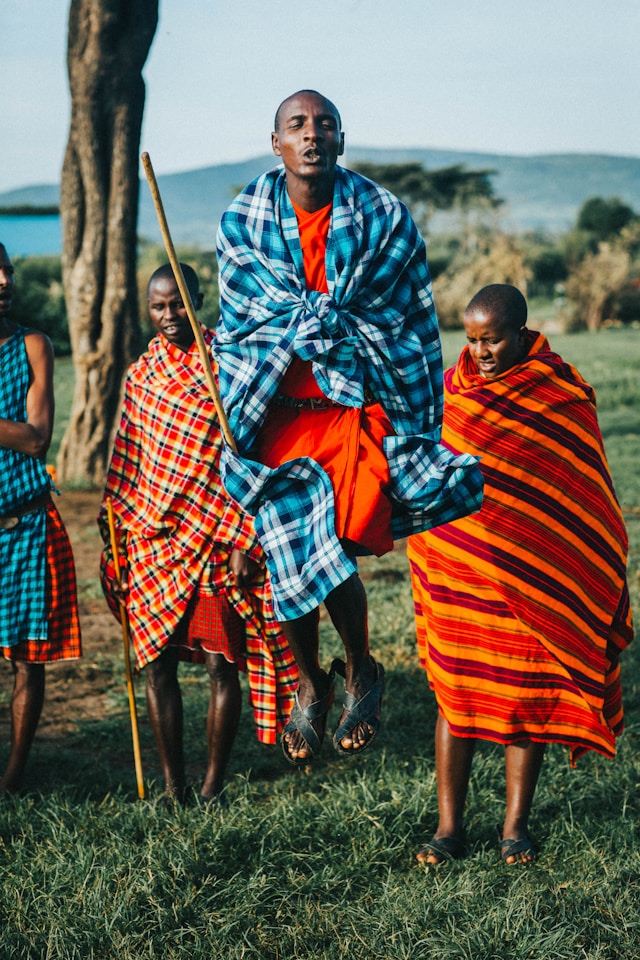
Experiencing the Maasai Mara
If you’re looking for an authentic cultural immersion experience, the Maasai Mara is the perfect destination. The Maasai people have lived in the region for centuries, and their culture is still very much alive today. Here are some of the best ways to experience the Maasai Mara culture:
Village Homestays
One of the best ways to experience Maasai culture is by staying with a Maasai family in their village. During your stay, you’ll have the opportunity to learn about their way of life, participate in daily activities, and eat traditional Maasai food. This is a great way to gain a deeper understanding of Maasai culture and make lasting connections with the local community.
Cultural Ceremonies
The Maasai people have a rich tradition of ceremonies and rituals, many of which are still practiced today. These ceremonies are an important part of Maasai culture and offer a unique insight into their way of life. Some of the most popular ceremonies include the Eunoto, a coming-of-age ceremony for young Maasai men, and the Enkang oo-nkiri, a ceremony that celebrates the birth of a new cow.
Music and Dance
Music and dance are an integral part of Maasai culture and are often performed during ceremonies and celebrations. The Maasai have a unique style of dance that involves jumping high into the air while maintaining a narrow posture. They also use a variety of musical instruments, including the ilaita (a type of flute) and the orutu (a one-stringed fiddle). Attending a Maasai dance performance is a great way to experience their vibrant culture and learn more about their music and dance traditions.
In conclusion, the Maasai Mara offers a wealth of opportunities to experience Maasai culture. Whether you choose to stay with a Maasai family, attend a cultural ceremony, or watch a dance performance, you’re sure to gain a deeper appreciation for this unique and vibrant culture.
Wildlife and Environment
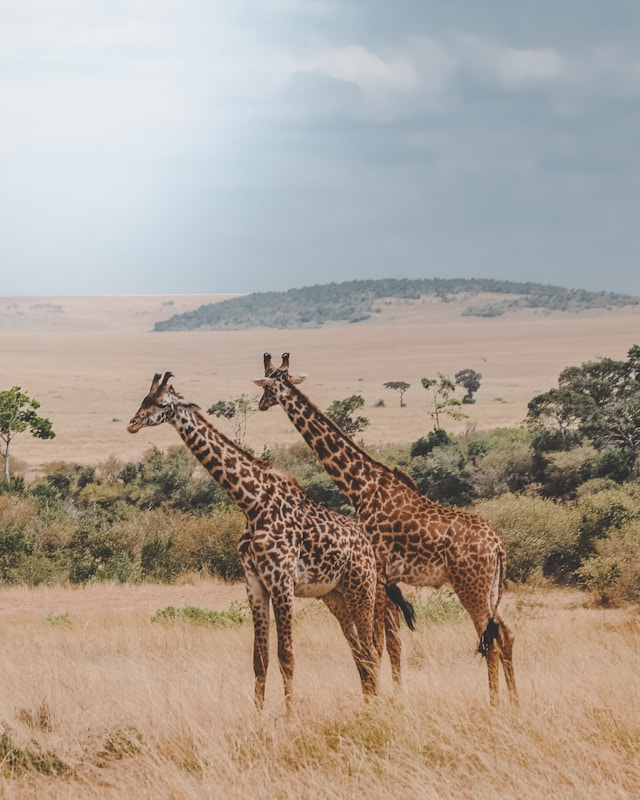
Coexistence with Nature
The Maasai Mara is home to a diverse range of wildlife, including the Big Five (lion, leopard, elephant, buffalo, and rhino) and many other species such as giraffes, zebras, wildebeests, and gazelles.
As a visitor immersing yourself in the Maasai Mara culture, you will have the opportunity to witness these animals in their natural habitat. The Maasai people have lived in harmony with the wildlife for centuries, and their culture revolves around coexisting with nature.
Conservation Efforts
The Maasai people have been instrumental in conservation efforts in the Maasai Mara. For instance, the Maasai Mara National Reserve was established in 1961, and the Maasai people played a significant role in its creation. The reserve is home to over 95 species of mammals, amphibians, and reptiles and over 400 species of birds. It also hosts the annual wildebeest migration, which is one of the most spectacular wildlife events in the world.
The Maasai people have also established community conservancies, which are areas set aside for conservation and wildlife management. These conservancies are managed by the local communities, and the revenue generated from tourism activities is used to support community development projects such as schools and health clinics. By supporting these community conservancies, you are directly contributing to the conservation efforts in the Maasai Mara.
In summary, the Maasai Mara is a unique destination that offers visitors the opportunity to immerse themselves in a vibrant culture while experiencing the natural beauty and diversity of the wildlife. The Maasai people have a deep respect for nature, and their conservation efforts have played a significant role in preserving the Maasai Mara’s ecosystem.
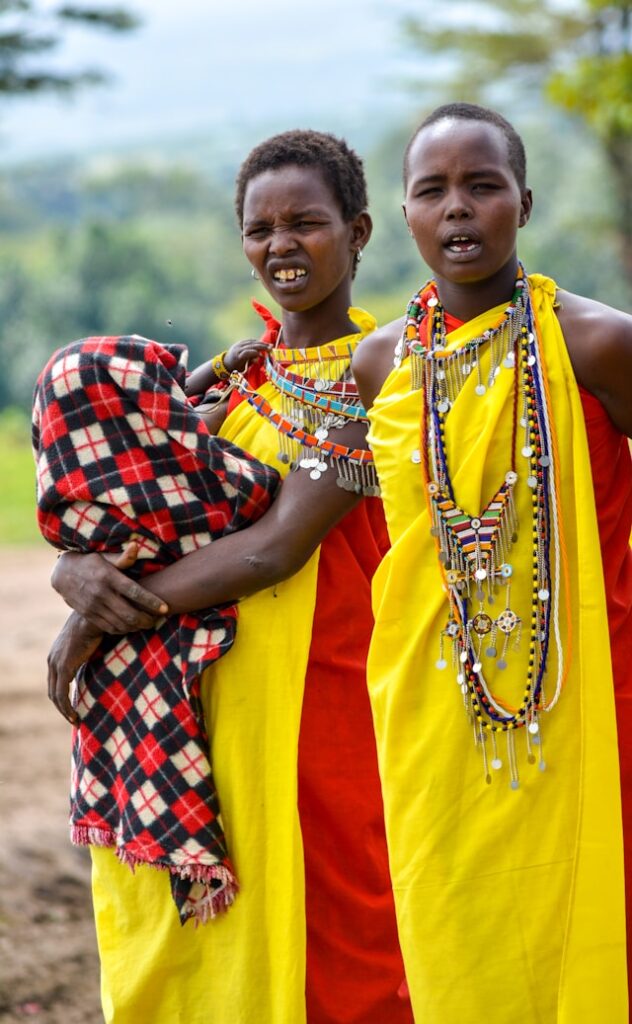
Community and Tourism
When visiting Maasai Mara, it’s important to understand the relationship between the local Maasai communities and tourism. The Maasai people have a rich cultural heritage that they are proud to share with visitors. However, it’s important to engage in responsible tourism practices to ensure that the community benefits from tourism in a sustainable way.
Community Projects
Many Maasai communities have initiated community projects that aim to empower the community and preserve their cultural heritage. These projects include initiatives such as building schools, water projects, and healthcare facilities. By supporting these community projects, you can have a positive impact on the community and help preserve their way of life.
Responsible Tourism
As a responsible tourist, you can make a positive impact on the Maasai community. One way to do this is by choosing eco-friendly lodges that support sustainable tourism practices. Additionally, you can support local businesses by purchasing souvenirs and goods from Maasai markets. When interacting with the Maasai people, it’s important to be respectful of their culture and customs. Engage in cultural exchanges that empower these incredible people.
By engaging in responsible tourism practices, you can help preserve the Maasai culture and support the community in a sustainable way.
Planning Your Visit
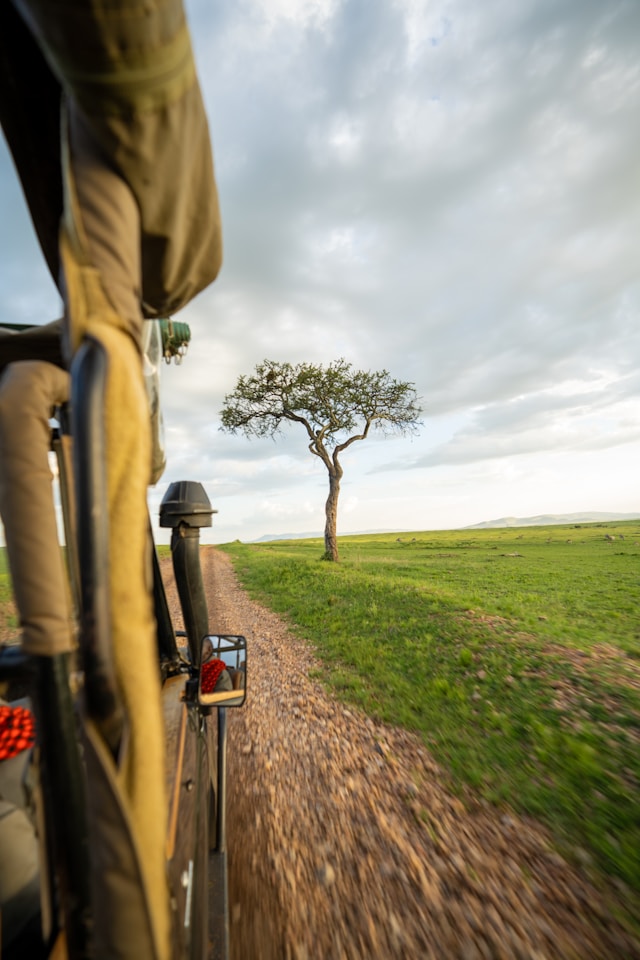
Best Times to Go
The best time to visit Maasai Mara for cultural immersion is during the dry season, which runs from June to October. During this time, the weather is pleasant, and the wildlife is easily visible. However, this is also the peak season, so expect crowds and higher prices. If you prefer a quieter experience, consider traveling during the low season from November to May. During this time, the landscape is lush and green, and the prices are lower.
What to Bring
When visiting Maasai Mara for cultural immersion, it’s important to pack appropriately. Here are some items you should consider bringing:
- Comfortable walking shoes
- Lightweight clothing that covers your shoulders and knees
- A hat and sunglasses for sun protection
- Insect repellent
- A camera or smartphone to capture the experience
- Cash for souvenirs and tips
Local Guidelines
When visiting a Maasai village, it’s important to be respectful of the local customs and traditions. Here are some guidelines to keep in mind:
- Always ask permission before taking photographs.
- Follow the guidance of your tour leader or local guide.
- Dress modestly and avoid wearing revealing clothing.
- Do not touch or disturb the local wildlife.
- Respect the local culture and traditions.
By following these guidelines, you can have a friendly and respectful cultural immersion experience in Maasai Mara.
Leave a Reply